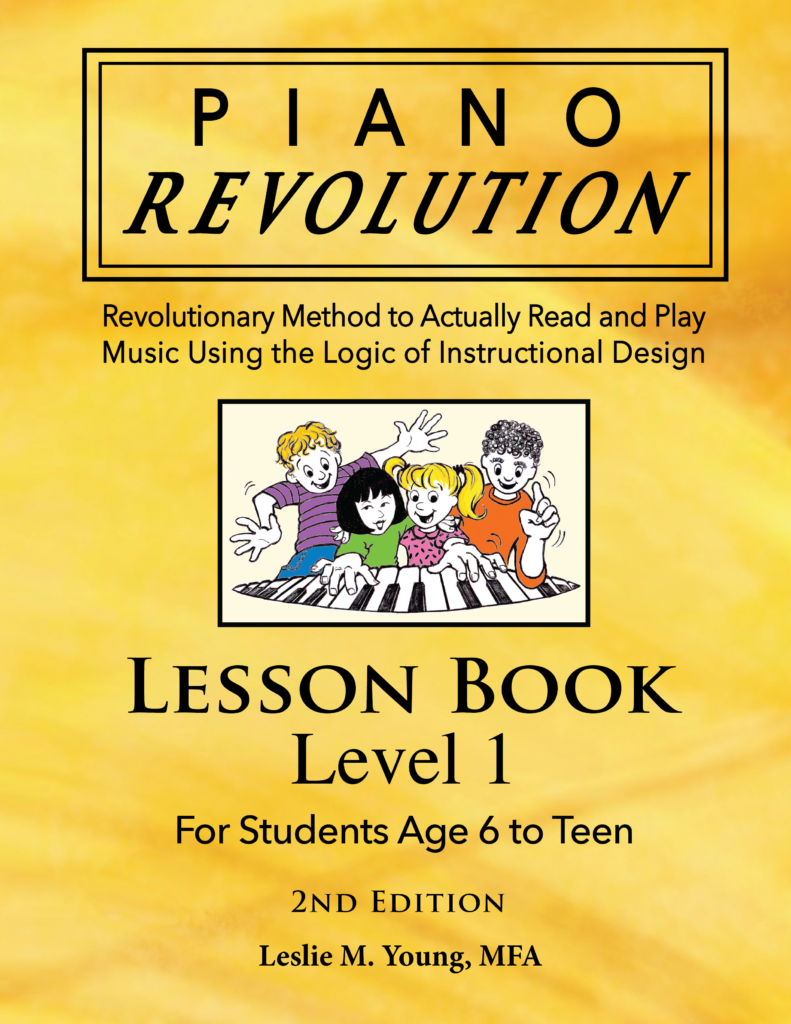Essential Way to Actually Read and Play Written Piano Music in 2025
If you’ve had piano lessons before, you’re likely disappointed with your progress. Few students know the critical and essential way to actually read and play written piano music.
Whether you know a lot, a little, or nothing about learning to play piano, you WILL find a thing or two here that will be a surprise. You’ll wonder why on earth haven’t you seen this before!
Reading Words
Remember how you learned to read words when you were young? The phonetic approach teaches the sound made by the individual letters. The letters are combined to make words.
Then you’re able to read ANY book ever written – UNDERSTANDING it is something else.

Surprise Number 1:
Music itself is a language. Why isn’t it taught like reading is taught? Then you could play ANY music in the world like you can read any book. PERFORMANCE SKILL level is something else. But you would have the necessary tools to actually READ and PLAY written piano music! Think on that a moment:
Another Way
There’s another way to learn to read words called the whole word approach. The learner looks at a word so many times he just knows it. That’s ROTE learning.
R-O-T-E, the See-and-say method. See-and-copy rote learning. It’s really just memorizing and that’s just the way piano methods have been structured.
A Lesson Goes Like This:
Here’s a picture of Middle C on the piano. Put your right thumb on it and it’s called the C position.
Fingers are numbered 12345 and the student should not deviate from the illustration.
But what happens is – he doesn’t learn to read music, he learns C is the thumb key, D is finger 2 etc. He is limited and restricted to this 5 finger C position.
So . . .
The piano is built as C Scale:
If you were to play all
white keys in order,
that is the C Scale . . .
~ the familiar Doe Ray Me Fa So La Tee Doe ~
When the student is presented with this rote see and copy, orient on middle C method, the method BEGS to have hand positions and finger numbers, one for each key – because there is no actual learning to read happening…just see and copy the picture.
Surprise Number 2:
Piano Revolution’s FIRST lesson shows the student how to actually read and play written piano music.
It orients on center F, the first space of the staff, and has the student saying each letter as its key is played using a THINKING PROCESS – so there is no FAKE. learning happening.
See the space, say its letter name, play its key, that’s actual learning!
Here’s that first lesson:
Smash them down with your right hand if you’re a young student – that’s the fun part!



After learning to read and play F as the Bottom space of the staff, and A as the second space, the student SHOWS understanding by playing some exercises and songs, like this one:
Every time a key is played – its LETTER name must be said aloud. This more quickly stores this new information in long-term memory; it’s learned FASTER!
And with an adult supervising the playing, there’s NO FAKING it when each letter is named aloud as its key is played!
PIANO Revolution uses the principles of Instructional Design. This means that one new concept at a time is introduced, and the learner demonstrates understanding before the next concept is presented.
It’s go at your own pace, learn at your individual speed!

The Next Space to Learn:
After F and A are learned, the third space C is introduced,
and then the fourth space E:
How to read and play and name all four spaces F-A-C-E, the understanding of this is demonstrated by playing some short exercises and songs using just the spaces
F-A-C-E.
Surprise Number 3:
This is the Thinking Process of using the space to find the line.
This is a critically essential huge unique aspect of PIANO Revolution!
No mnemonics are used, like “Every Good Boy Does Fine” to remember the lines – that only becomes a crutch and hinderance to true learning.
Use the SPACE to identify and locate the LINE and its key.
For example: You know the second space is A and where its key is on the piano. After A comes neighbor B . . . the B line and its key.
After a while, B line and key are known on sight, without referring to A, or F then A first.
This is a major innovation! So many students who’ve had lessons before have come to me saying they still remember “Every Good Boy Does Fine” . . . but that’s all.
No actual reading and playing of written piano music. “Every Good Boy” had become a hinderance to actual learning in longterm memory.
Now you know why PIANO Revolution is TOTALLY DIFFERENT from other methods!
There’s NO hand position, NO finger number limitations, NO see and copy or hear and copy memorization . . .
just . . .
Any and all comments are welcome about the topics that are published. I will try to accommodate as many as possible in future articles – and thank you for your input!
What Would the First Lesson for a Young Student Look Like?
What Would the First Lesson for a 6 to Teen Look Like (video)?
View sample pages of all the books for students
ages 6 to teen:
View sample pages of all the books for students
4 to 5 years old:
View sample pages of all the books for older
teens and adults:
View the books on Amazon:
About the Author, Composer, Illustrator,Educator,
and Eternal Optimist
Leslie Young is the author, composer, and illustrator of the PIANO Revolution method books (originally titled as the Revolutionary Piano Method). She co-founded a K-12th grade charter school in Texas and has been a piano teacher for over 40 years. She has had experience teaching a variety of students tackling piano for the first time or as returning students.
She states: “In teaching piano to students of varying ages, what also varies is a commitment of time and the amount of dedication. Children of younger ages may do very well with a parent as teacher; others may need someone who is not family to instruct them. Some older children and adults prefer to make progress on their own, and this method is designed to act as a meticulous guide through new material. Some adults and teens insist on professional teachers, which also encourages continuity.”
Young believes that “learning to play the piano is more about diligence and perseverance” – but would add that just as critical to success is the method that is used, the pattern of critical thinking, and the instructional principles that promote immediate success.
Because these books are self-explanatory, a novice or experienced professional teacher will have no trouble using the PIANO Revolution method with students. It’s an easy and effective way to learn piano.”































 Next Post
Next Post

What a fabulous article! I was taught as a child F A C E….
Thanks for your comment, Bonnie. Though FACE to remember the spaces is not new, USING each space to identify the line next to it IS new. And using the space key on the piano to locate the line key is revolutionary 🙂
Hello! I hope you’re having a great day. Good luck 🙂